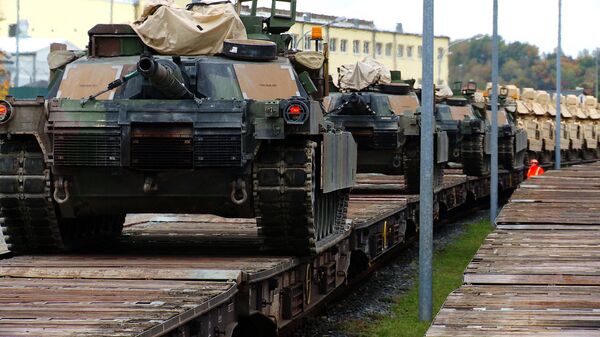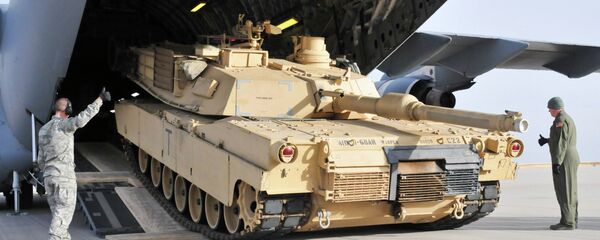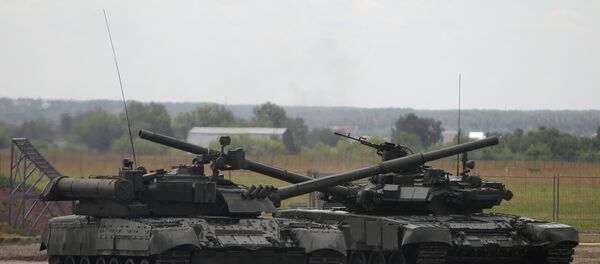Currently the service is engaged in designing and modeling for a lightweight tank with the capability to use laser weapons to incinerate drones, neutralize artillery fire, cross bridges, and detect and neutralize long-range targets.
Still in the concept phase, but projected to enter service in the 2030s, Army officials explained that a new tank is necessary as the current main battle tank, the M1A2 SEP Abrams, can only be upgraded to a limited extent.
Maj. Gen. David Bassett, program executive officer for Ground Combat Systems, told Scout Warrior, "We’ve used concept modeling. What are the limits of what you can do? What does a built from the ground up vehicle look like? We are assuming, if we are going to evolve it, it is because there is something we can't do in the current vehicle."
Before a new vehicle can be deployed, the Army must field its upgraded M1A2 SEP v4 Abrams tank in the 2020s. This perhaps-last Abrams variant is equipped with more lethal Advanced Multi-Purpose ammunition (AMP), integrating many rounds into one 120mm round, and third-generation Forward Looking Infrared Sensors (FLIR) designed for better resolution and increased range.
In November 2016, Basset described FLIR as "A combination of mid-wave and long-wave sensors [that] allow for better target identification at long ranges and better resolution at shorter ranges."
He also said the upgrade will adapt to different environments better than previous variants.
"You do not have to manually put meteorological variables into the fire control system. It will detect the density of the air, relative humidity and wind speed and integrate it directly into the platform," he said, according to Business Insider.
The four tank rounds currently in use will be replaced by the AMP round. The Multi-Purpose Anti-Tank (MPAT) round, M830A1, and the M830, and High Explosive Anti-Tank (HEAT) round are now in service.
Testing for the SEP v4 variant will commence in 2021, and will include color cameras, new slip-rings, new laser-rangefinder technology, integrated onboard networks, laser-warning receivers, advanced meteorological sensors and ammunition data links.




